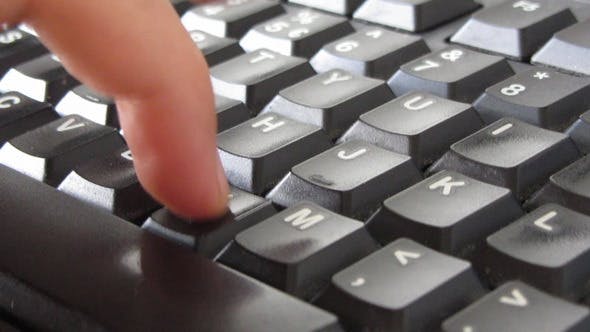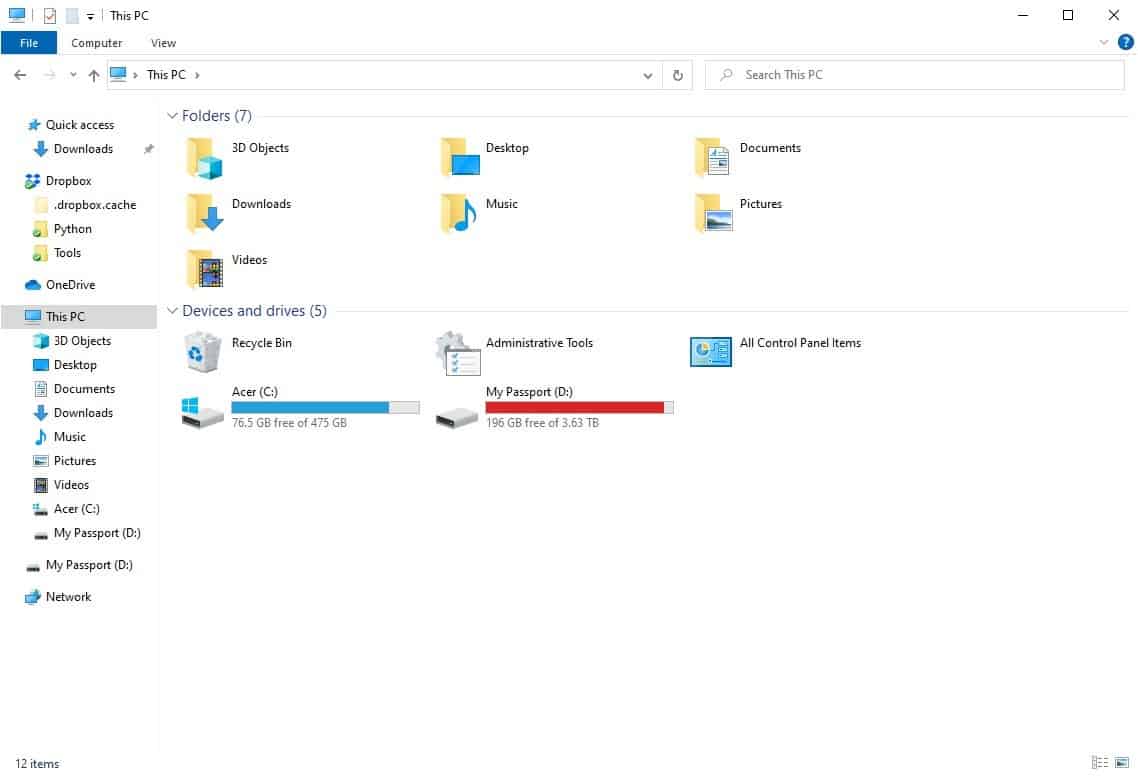
#Recycle windows keyboard shortcuts keygen

Write-host "Recycle Bin successfully emptied. (New-Object ComponentModel.Win32Exception($res)).Message) You can then use the hot key to open the recycle bin. Assign a hot key in properties of that shortcut. $res = ::SHEmptyRecycleBin(::Zero, $null, $dwFlags) Assuming you still want to access the recycle bin: Try rt click the Recycle bin, click Create shortcut. Īdd-Type shell32 static extern int SHEmptyRecycleBin(IntPtr hwnd, string pszRootPath, Run it with a /y switch to skip the confirmation. bat extension and run it to empty your Recycle Bin. I thought, hey, I can do that in PowerShell and wrap it in a batch script hybrid. Having failed in my attempts to RecycleBinObject.InvokeVerb("Empty Recycle &Bin") (which apparently only works in XP or older), I stumbled upon discussions of using a function embedded in shell32.dll called SHEmptyRecycleBin() from a compiled language. I was looking for a script that would empty the Recycle Bin with an API call, rather than crudely deleting all files and folders from the filesystem. You can effectively empty the Recycle Bin from the command line by permanently deleting the Recycle Bin directory on the drive that contains the system. I know I'm a little late to the party, but I thought I might contribute my subjectively more graceful solution. Additionally, you will (obviously) have to run the command from an elevated command prompt in order to have sufficient privileges to perform this action. So, to remove the directory, use the rd command ( remove directory) with the /s parameter, which indicates that all of the files and directories within the specified directory should be removed as well: rd /s %systemdrive%\$Recycle.binĭo note that this action will permanently delete all files and folders currently in the Recycle Bin from all user accounts.

When this directory is deleted, Windows automatically creates a new directory. The reason that this tactic works is because each drive has a hidden, protected folder with the name $Recycle.bin, which is where the Recycle Bin actually stores the deleted files and folders. Instead, use the %systemdrive% environment variable.) (In most cases, this will be the C: drive, but you shouldn't hardcode that value because it won't always be true. You can effectively "empty" the Recycle Bin from the command line by permanently deleting the Recycle Bin directory on the drive that contains the system files.


 0 kommentar(er)
0 kommentar(er)
